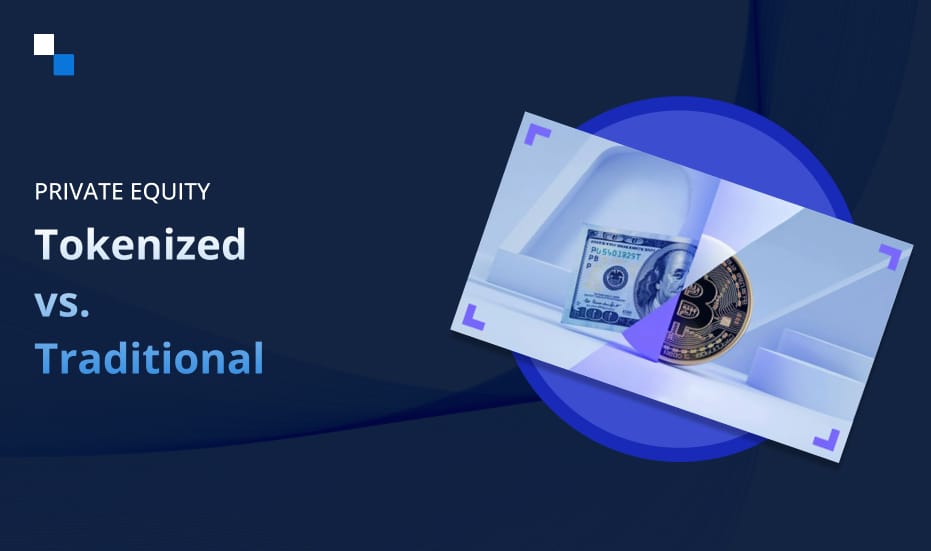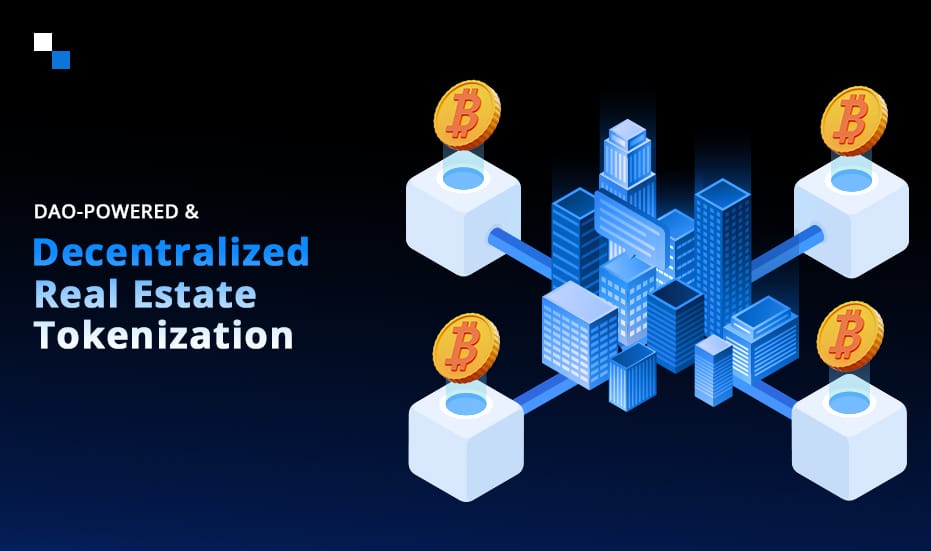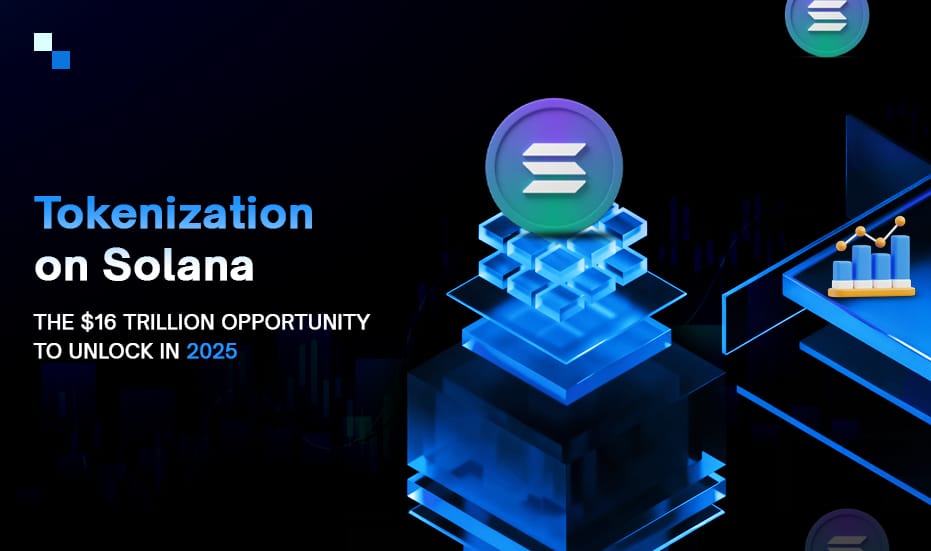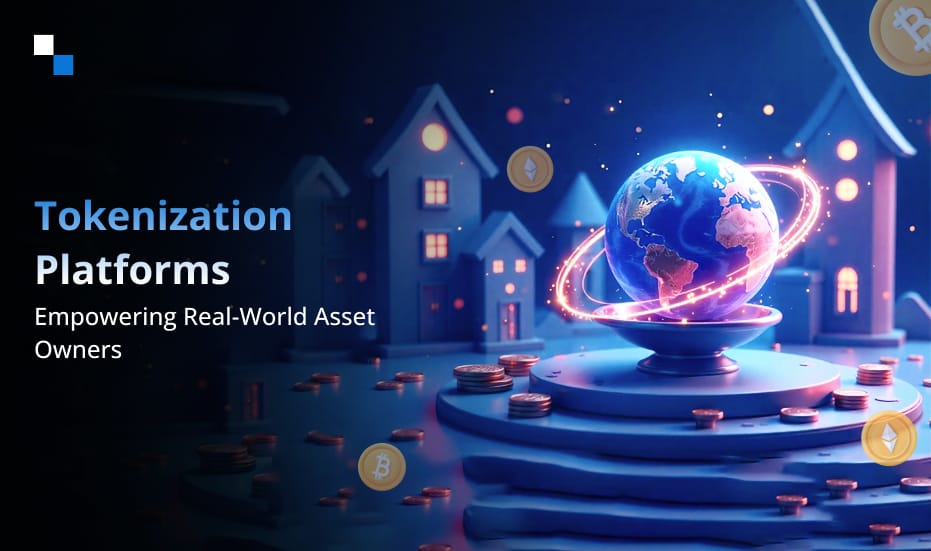
Optimizing Crypto Banking UX: White-Label Crypto Cards for 100x Transactional Efficiency
January 30, 2025
The Developer’s Guide to Crafting Engaging NFT Games in 2025
January 31, 2025The investment landscape has seen significant disruption in recent years, with tokenization emerging as a game-changing concept in various sectors, including private equity. Private equity tokenization refers to the process of transforming ownership stakes in private equity assets into digital tokens, typically on a blockchain. These tokens represent fractional ownership and can be bought, sold, and traded across decentralized platforms. This innovative approach contrasts sharply with traditional private equity methods, which are often characterized by high barriers to entry, illiquidity, and limited access.
In this blog, we will dive into a detailed comparison between tokenized private equity and traditional private equity investment methods. We’ll explore the key differences in accessibility, liquidity, transparency, regulatory frameworks, and investor engagement, and ultimately examine how tokenization in private equity could reshape the industry.
Private Equity Tokenization and Traditional Private Equity Methods:
1. Accessibility and Investor Pool
Traditional Private Equity
Private equity has traditionally been a domain for institutional investors, high-net-worth individuals (HNWIs), and accredited investors who meet specific criteria. Accessing private equity investments often requires significant capital—typically millions of dollars—for a single investment. This restricts participation to a select group of investors, limiting the potential pool of capital available for investment.
Moreover, most private equity funds operate through closed-end structures, meaning that investors typically lock in their capital for 5 to 10 years, making it difficult for them to exit early.
Private Equity Tokenization
Tokenized private equity fundamentally changes this access model. Through tokenization in private equity, a single asset or fund is broken down into small, tradable digital tokens, each representing a fractional share of ownership in the underlying asset. This approach makes it easier for smaller investors to participate by lowering the minimum investment threshold, sometimes to as low as a few hundred dollars.
Tokenization also opens up private equity investments to a global pool of investors. Because tokenized assets can be traded across blockchain-based platforms, international investors—who might have faced jurisdictional restrictions in traditional private equity—can now access these markets with ease.
Example: A real estate development worth AED 50 million might traditionally require an investor to provide a full capital commitment. However, through tokenization, the same development can be broken into 500,000 tokens, each worth AED 100, enabling smaller investors to own a fraction of the project.
2. Liquidity
Traditional Private Equity
One of the most significant challenges in traditional private equity is the lack of liquidity. Private equity investments are typically long-term, illiquid assets, where investors are locked in for several years until an exit event occurs, such as an IPO, merger, or acquisition. Even when such events occur, the process of selling or transferring ownership can take months or years, depending on the market conditions.
This illiquidity is a major deterrent for many potential investors, particularly those who may need to access their capital sooner than expected.
Private Equity Tokenization
Tokenized private equity solves the liquidity problem by enabling investors to buy and sell tokens on secondary markets or blockchain exchanges. Once a private equity asset is tokenized, these tokens can be traded at any time, provided there is a buyer. Blockchain technology allows for quicker and more efficient transactions compared to traditional methods, making tokenized assets much more liquid.
For example, an investor in a tokenized private equity fund can exit the investment by selling their tokens in a decentralized exchange (DEX) or peer-to-peer (P2P) marketplace, instead of waiting for the fund to liquidate through traditional exit channels like M&A or IPOs. This opens up greater flexibility for investors to enter and exit at will, while also allowing for partial exits or diversification of holdings.
3. Transparency and Security
Traditional Private Equity
Private equity investments are often opaque in nature, with limited transparency regarding the underlying asset’s performance, management fees, or any other key details of the deal. Due diligence processes can be complex and time-consuming, and investors rely heavily on the integrity and transparency of the fund manager or general partner (GP).
Moreover, the security of these investments often depends on centralized custodians and intermediaries. This can expose investors to risks related to fraud, mismanagement, and data breaches.
Private Equity Tokenization
Tokenized private equity takes transparency and security to the next level through blockchain technology. Each tokenized transaction is recorded on a decentralized ledger, which is immutable and publicly accessible. This means that investors can track every aspect of their investment in real-time, from ownership rights to dividends, fees, and any changes in the underlying asset’s value.
The blockchain’s cryptographic nature also provides an added layer of security, reducing the chances of fraud or mismanagement. Each token is secured by a unique cryptographic key, which ensures that ownership is verified and that transactions are tamper-proof.
Additionally, smart contracts, which are self-executing contracts with predefined rules, can automate processes such as dividend distribution, profit-sharing, or governance rights, making tokenized private equity more efficient and secure.
Example: If a company tokenizes its private equity, investors can view real-time updates on how the company is performing through a transparent ledger, reducing the uncertainty and lack of information typically associated with traditional private equity.
4. Regulatory Framework and Compliance
Traditional Private Equity
Traditional private equity investments are governed by complex and sometimes unclear regulatory frameworks, which can vary greatly by jurisdiction. In many regions, private equity investments require a thorough vetting process to ensure compliance with securities laws. The process can be slow, expensive, and subject to shifting regulations, particularly as it relates to cross-border transactions.
Private equity firms are also required to meet strict investor accreditation standards and adhere to Know Your Customer (KYC) and Anti-Money Laundering (AML) regulations, which adds an additional layer of complexity.
Private Equity Tokenization
Tokenization in private equity is subject to its own regulatory challenges, but blockchain technology has made it possible to streamline many compliance processes. In many jurisdictions, security token offerings (STOs)—a common method of tokenizing private equity—must adhere to specific regulatory guidelines. These include KYC/AML checks, accredited investor verification, and other legal requirements to ensure that the investment is legitimate.
Countries like Switzerland, Singapore, and the United Arab Emirates (UAE) have been proactive in developing regulatory frameworks to support tokenized assets. For example, the Dubai Financial Services Authority (DFSA) has implemented rules for the issuance of digital tokens, making the UAE one of the leading regions in blockchain adoption.
While the regulatory landscape for tokenized private equity is still evolving, it’s becoming increasingly clear that governments and regulatory bodies are creating rules that align tokenized assets with traditional securities, ensuring compliance and investor protection.
5. Costs and Fees
Traditional Private Equity
In traditional private equity, investors often face high management fees, which typically range from 1.5% to 2% of assets under management (AUM) annually, along with a carried interest structure, where fund managers receive a percentage of profits (often 20%). Additionally, transaction fees, legal costs, and other administrative expenses can add up, making private equity investments expensive for investors.
Private Equity Tokenization
One of the primary advantages of private equity tokenization is the reduction in costs. By leveraging blockchain technology and smart contracts, the need for intermediaries and administrative overheads is greatly reduced. As a result, the fees associated with tokenized private equity investments are generally lower than traditional private equity, making them more cost-effective for investors.
Tokenized platforms also eliminate many of the manual processes involved in traditional private equity, such as paperwork, reporting, and investor communications. The automation provided by blockchain can lower operational costs and improve efficiencies.
Example: A tokenized private equity fund might offer significantly lower fees compared to a traditional private equity fund by reducing the reliance on middlemen like brokers, custodians, and lawyers, thus improving the net returns for investors.

6. Ownership Rights and Investor Control
Traditional Private Equity
In traditional private equity, investors typically have limited control over the management of the asset. Control is largely vested in the hands of the fund manager or the general partner. While investors may have voting rights on certain key issues, their influence on day-to-day operations is generally limited.
Private Equity Tokenization
With tokenized private equity, ownership rights can be more dynamic and transparent. Investors may have the opportunity to vote on significant decisions, such as dividend distributions, asset sales, or changes to the management structure, depending on how the tokenized fund is structured. This increased investor control is facilitated through governance tokens and smart contracts.
Moreover, tokenized assets can allow for fractional ownership with precise tracking of voting rights and profit-sharing, which would be difficult in traditional models without the need for third-party intermediaries.
Conclusion
Private equity tokenization is rapidly emerging as a transformative force within the financial landscape. By offering fractional ownership, enhanced liquidity, transparency, and lower fees, tokenized private equity funds present a compelling alternative to traditional private equity investment models. While challenges such as regulatory uncertainty and market adoption remain, the potential benefits—especially in terms of accessibility and investor flexibility—make tokenization an exciting prospect for the future of private equity.
For investors seeking more control, greater liquidity, and lower costs, tokenized private equity presents an innovative solution that can open up private equity markets to a broader range of participants, ultimately making this once-exclusive investment class more inclusive, efficient, and transparent.




